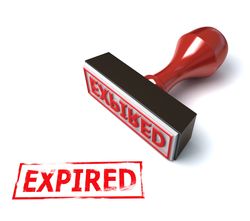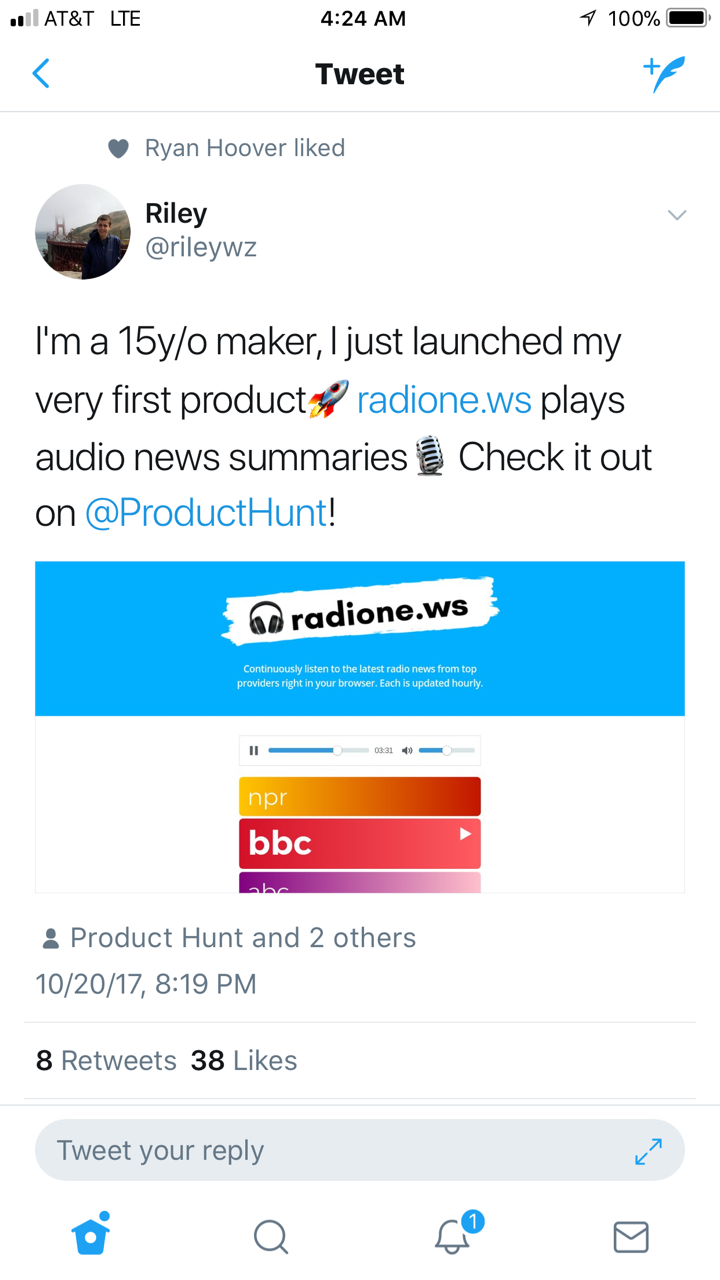Using an expired domain for your website.
Quick Summary of Contents
- 1 Perform thorough due diligence when buying an expired domain.
- 2 Real-life expired domain SEO journey.
- 3 Exhausting everything known to man to rank while ignoring all signs of expired domain danger.
- 4 Why honest, white-hat SEO should the only SEO used.
- 5 Should I rehabilitate an expired domain or register a new domain?
If you watch the expired domain auctions as I do, you see a wide range of domains expiring regularly.
 Some expiring domains are nothing to write about, while others are like finding a needle in a haystack.
Some expiring domains are nothing to write about, while others are like finding a needle in a haystack.
So, what’s the difference between the two types of expired domains, you ask?
And in addition, how should you go about finding and buying expired domains of great value in terms of SEO and being competitively priced?
Perform thorough due diligence when buying an expired domain.
When stumbling upon that suspected needle of an expired domain that is reasonably priced, don’t rush to be the highest bidder just because you find qualifying monthly global and local search volume for the expired domain.
Take your time and perform a fine-tooth-comb investigation of the expired domain before bidding.
Take time to understand the expired domain’s linking profile, past owners, the full history of use, and whether or not the expired domain has been algorithmic or manually penalized.
When rushing in great excitement to buy your one-of-a-kind expired domain finds and not performing extensive due diligence of any sort, you could be setting yourself up for a costly surprise.
Real-life expired domain SEO journey.
Not too long ago, I found myself bidding, winning, and buying a gem of an expired domain for a niche I knew well.
At the time, I knew this domain would rank very well, considering it was three heavily used keywords with an exact match search volume of over 1,000 monthly searches.
As a matter of fact, when I saw the expired domain, I started prepping the website design and content.
Wrong thing to do, but I had already decided the domain was worth it.
After all, the expired domain had been owned by the same owner for 5 years.
Fast forward a few weeks later, after having the domain transferred into my account and having created a uniquely designed WordPress website with fresh content using the expired domain.
One of the first things I typically do with any new niche website is to set up Bing and Google Webmaster tools and Google Analytics.
I do this immediately in hopes of having the website indexed ASAP.
Exhausting everything known to man to rank while ignoring all signs of expired domain danger.
Not having the new website using the expired domain indexed in Google should have been my first warning sign that something was wrong with the domain.
I checked everything from the .htaccess file to validating the HTML code of the WordPress template and trying a variety of other themes to changing web hosting providers and numerous web hosting plans.
And still, no website indexed after all that and nearly 2-3 months of endless troubleshooting.
But not easily discouraged, I pressed forward with publishing more content.
I started scheduling 2-3 posts a week and targeting many long-tail keywords.
I figured I could jump-start indexing in Google using social media accounts and getting others to post legitimate links referencing the content.
Still no sign of the website being indexed, even using the “site:yourwebsite.com” search in Google.
But I press forward with even more content.
Now six months into the project and a trove of niche content, I finally surrendered and was at a loss as to why the expired domain was not ranking.
Nothing in Google Webmaster Tools would indicate the domain or website had been algorithmically or manually penalized at any point.
Stumped by this website and all the effort, time, and money put into it, I moved on to my next idea.
However, I did not decommission the website because I figured I would come back to it at some point.
Why honest, white-hat SEO should the only SEO used.
Now fast forward seven months later.
This week, I was surprised when one of the niche websites using the expired domain finally started showing in Google search results and receiving traffic for multiple keywords.
Finally, all my hard work had paid off, but how?
Long story short, the expired domain appeared to have been severely penalized by Google to the point of not being indexed.
Of course, I probably would have known this by performing an in-depth review of the expired domain’s history using the Wayback Machine.
However, what tipped me that the domain had been severely penalized was a combination of a multitude of 404 errors in Google Webmaster Tools in conjunction to the Wayback Machine.
Google Webmaster Tools really shed light on the matter because it displayed what looked to be nothing but spammy content links to spammy content used by the previous owner.
The domain must have been de-indexed and penalized for a little over a year.
And here I was, pouring my blood, sweat, tears, and everything else into an expired domain that would not rank until the penalty timed out.
Lesson learned: I should not have had to learn it had I been more cautious and less giddy about finding such a gem of an expired domain.
What a lesson to learn, but it’s all good now that traffic is up and Google AdSense is increasing into the double digits daily after a little over a year has passed since buying the expired domain and launching the website.
I’ve had to fire up my content writers and get the content marketing strategy back into high gear.
And in the meantime, I now must clear out all of the 404 errors in Google Webmasters Tools.
Should I rehabilitate an expired domain or register a new domain?
In closing, if your domain, whether new or expired, is not showing up in Google search results using “site:yourwebsite.com,” then chances are that your gem of an expired domain is considered a rock in the deep abyss of Google’s SEO ocean.
Don’t lose hope in the expired domain’s ability to be used to develop a website that receives favorable search rankings across major search engines.
It is possible to rank an expired domain, even those that have been used for nothing more than churn and burn websites.
To rehabilitate a severely penalized or de-indexed expired domain, you must put in the effort, time, and money to SEO your domain using white-hat SEO strategies or choose another domain.
But if you’re like me and take your chances in purchasing expired domains without heavy due diligence, we can’t murmur or complain when our bets crap on expired domains crap out.
We must do our time for someone else’s deceptive SEO crime but realize that good fortune can follow with an honest SEO effort.
It may take you twice as long to rehabilitate an expired domain, but the long-term rewards will far outweigh the time, effort, and money invested in it.
Have you ever had an expired domain experience that was wildly successful or a horrific failure?














